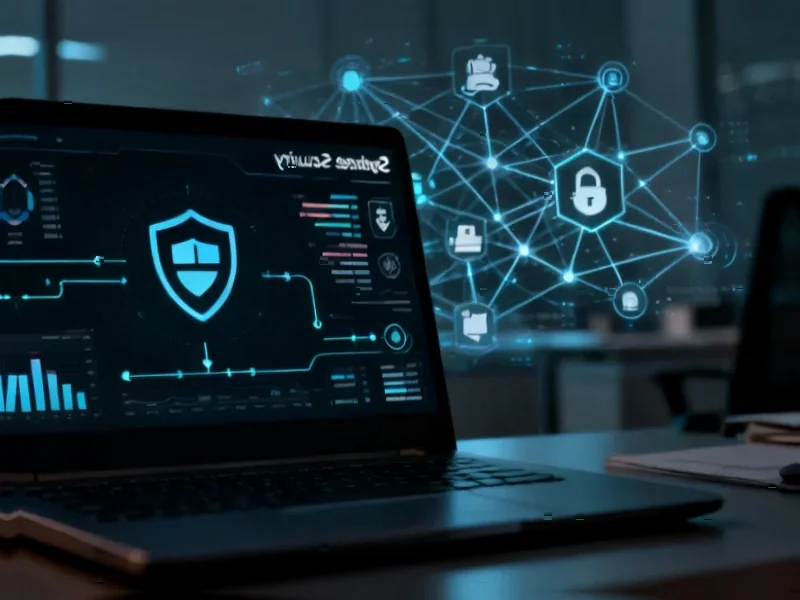According to TechRadar, cybercriminals have claimed responsibility for a major cyberattack against the University of Pennsylvania, stealing data on approximately 1.2 million students, alumni, and donors. The attackers gained access through a compromised PennKey SSO account belonging to a university employee, which provided them with extensive system access including VPN, Salesforce, Qlik analytics, SAP business intelligence, and SharePoint files. Data exfiltration occurred around October 30-31, after which the university ejected the attacker, prompting them to send offensive emails to roughly 700,000 recipients using retained access to Salesforce Marketing Cloud. The stolen information includes names, dates of birth, addresses, phone numbers, estimated net worth, donation history, and sensitive demographic details, with the attackers specifically targeting wealthy donors and stating they won’t seek ransom payments. This sophisticated attack chain reveals critical security vulnerabilities that demand deeper technical analysis.
The SSO Single Point of Failure
The compromise of a single PennKey SSO account granting access to multiple critical systems represents a classic case of inadequate identity and access management controls. Single Sign-On systems, while convenient for users, create a massive attack surface when not properly secured with multi-factor authentication and behavioral monitoring. The fact that an employee’s credentials provided such broad access suggests the university likely failed to implement the principle of least privilege, where users should only have access to systems necessary for their specific roles. This incident mirrors similar breaches in higher education where legacy identity systems haven’t kept pace with modern threat landscapes, creating what security professionals call “crown jewel” accounts that become irresistible targets for attackers.
Systemic Data Protection Failures
The breadth of sensitive information accessed—from financial estimates to demographic details—indicates fundamental data classification and protection failures. Universities typically maintain vast repositories of personal information across disparate systems, often without consistent encryption or access controls. The ability to extract data from multiple platforms including Salesforce, SAP, and Qlik suggests these systems weren’t properly segmented or monitored for anomalous data access patterns. According to the detailed breach analysis, the attackers specifically targeted donor wealth information, highlighting how cybercriminals are increasingly focusing on financially motivated attacks rather than traditional ransomware campaigns.
Advanced Persistence Techniques
The attackers’ ability to maintain access to Salesforce Marketing Cloud even after being ejected from primary systems demonstrates sophisticated persistence mechanisms. Marketing platforms often operate with different authentication systems and receive less security scrutiny than core infrastructure, making them ideal for maintaining footholds. This technique, known as “island hopping,” allows attackers to preserve access even when primary entry points are secured. The subsequent mass email campaign served both as retaliation and a demonstration of continued control, creating additional reputational damage beyond the initial data theft.
Higher Education’s Unique Security Challenges
Universities face particularly difficult security challenges due to their open academic environments, diverse user populations, and complex technology ecosystems. The balance between accessibility for research and collaboration versus security for sensitive data creates constant tension. Many institutions operate with legacy systems that have accumulated technical debt, while security budgets often lag behind corporate counterparts. The attackers’ explicit mention of targeting wealthy donors reveals how cybercriminals are conducting reconnaissance to identify the most valuable targets within large organizations, a trend that should concern all institutions handling sensitive donor or financial information.
Broader Industry Implications
This breach should serve as a wake-up call for educational institutions worldwide to reassess their identity management, data classification, and monitoring strategies. The combination of compromised credentials, excessive access privileges, and inadequate detection capabilities represents a perfect storm that many organizations are vulnerable to. As threat actors increasingly share attack techniques and targeting strategies, the entire education sector must prioritize modernizing their security postures before similar incidents become commonplace.




